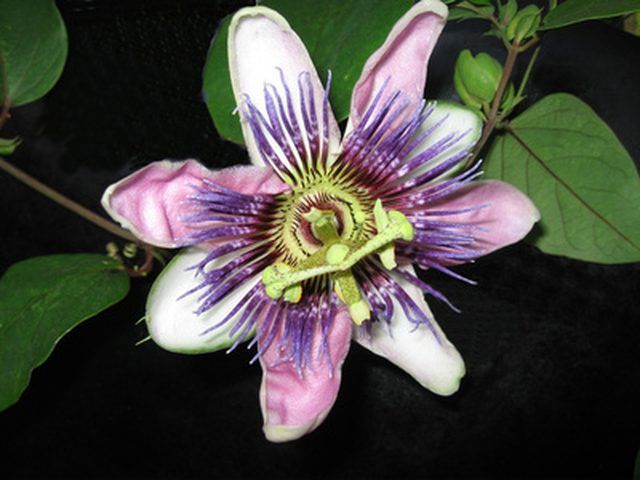Bulbs
Flower Basics
Flower Beds & Specialty Gardens
Flower Garden
Garden Furniture
Garden Gnomes
Garden Seeds
Garden Sheds
Garden Statues
Garden Tools & Supplies
Gardening Basics
Green & Organic
Groundcovers & Vines
Growing Annuals
Growing Basil
Growing Beans
Growing Berries
Growing Blueberries
Growing Cactus
Growing Corn
Growing Cotton
Growing Edibles
Growing Flowers
Growing Garlic
Growing Grapes
Growing Grass
Growing Herbs
Growing Jasmine
Growing Mint
Growing Mushrooms
Orchids
Growing Peanuts
Growing Perennials
Growing Plants
Growing Rosemary
Growing Roses
Growing Strawberries
Growing Sunflowers
Growing Thyme
Growing Tomatoes
Growing Tulips
Growing Vegetables
Herb Basics
Herb Garden
Indoor Growing
Landscaping Basics
Landscaping Patios
Landscaping Plants
Landscaping Shrubs
Landscaping Trees
Landscaping Walks & Pathways
Lawn Basics
Lawn Maintenance
Lawn Mowers
Lawn Ornaments
Lawn Planting
Lawn Tools
Outdoor Growing
Overall Landscape Planning
Pests, Weeds & Problems
Plant Basics
Rock Garden
Rose Garden
Shrubs
Soil
Specialty Gardens
Trees
Vegetable Garden
Yard Maintenance
Passion Flower Life Cycle
Passion Flower Life Cycle. The term "passion flower" refers to several different species of plant from the genus "Passiflora." Although these different species vary in terms of longevity, they all share a cycle of growth and reproduction that is common to most angiosperms (flowering plants).

The term "passion flower" refers to several different species of plant from the genus "Passiflora." Although these different species vary in terms of longevity, they all share a cycle of growth and reproduction that is common to most angiosperms (flowering plants).
Seed
Every passion flower begins its life as a seed dropped by a mature passion flower. As with other types of plant, not all seeds will germinate, or grow into plants. Seed germination depends upon a combination of environmental factors. Seeds must be exposed to the correct amount of moisture, the right temperature and the right kind of soil if they are to grow.
Seedling
Seeds that do germinate become seedlings. The term seedling describes a young plant that is growing into maturity but does not yet have the capability to produce offspring. An immature passion flower depends upon photosynthesis and respiration to provide the energy that it requires to mature. During the seedling stage, passion flowers continue to grow larger and develop more and more branches.
Pollination
Once a passion flower reaches maturity, it is able to reproduce. Passion flowers, like other flowering plants, produce offspring by uniting the male and female parts of their flowers. The male gamete (pollen) must fertilize the female gamete (the ovary) in order to produce seeds and eventually offspring. Fertilization is usually assisted by insect helpers that move from flower to flower collecting nectar and, in the process, depositing pollen grains in female parts of flowers.
Fruit
Once a flower has been fertilized, the ovary develops a seed, and the flower surrounding it falls away. The ovary then swells and becomes a fruit with the seed still inside it. Once the fruit is fully ripened, it falls to the ground where it either remains or is eaten by animals and excreted onto the ground at a different location. If exposed to the right combination of factors, the seed will grow into a seedling, and the process will begin again.
Death
The lifespan of passion flowers varies by species. Some species are annuals, meaning that they die within 1 year and do not grow back the next. Others are perennials, meaning that they survive for longer than a year. Certain species that live for several years can develop into bushes and even trees. The longevity of perennial species depends upon several environmental factors, as well as natural predators and disease.